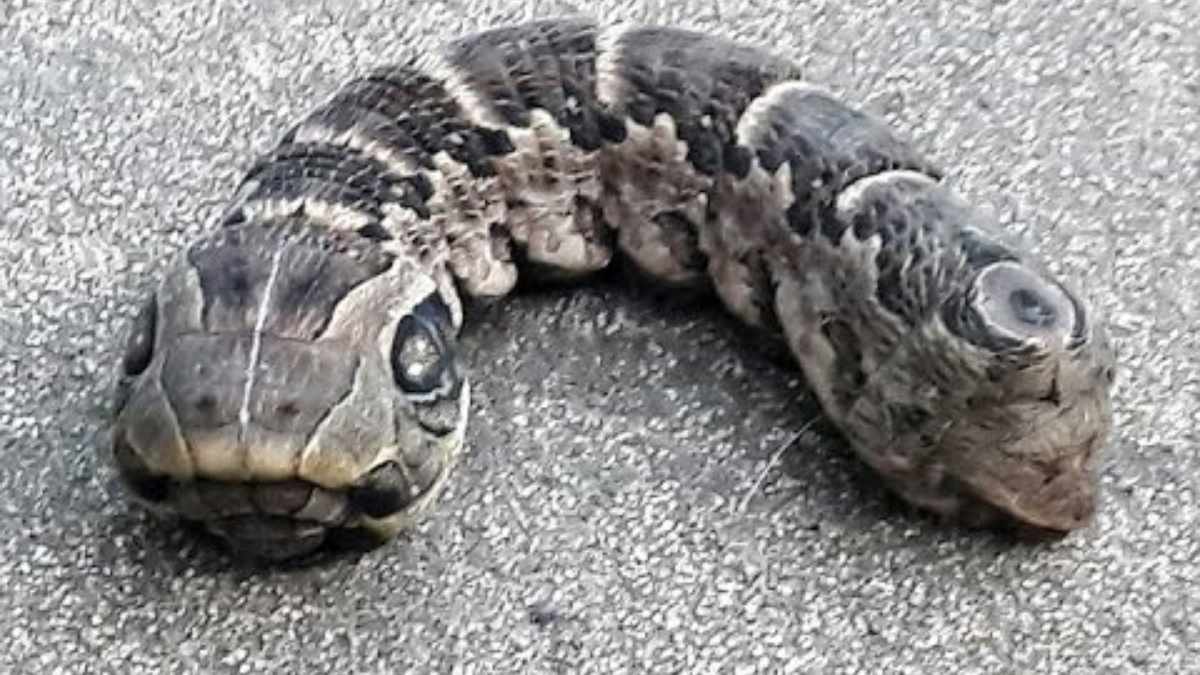Bird flu’s here. And not just any bird flu — it’s H5N9. Scientists are on high alert because we all know what happens when a virus decides to level up and get to spread among people.
We’ve seen bird flu before, sure. But this? This is weird. It’s cropping up in unexpected places, spreading in ways that have experts a little nervous. And the big question: are we even remotely ready for this? Let’s get into it.
Scientists confirm the first cases of H5N9 in the US
So, January rolls around, and boom — first confirmed cases of H5N9 in the US. Scientists at the World Organization for Animal Health (WOAH) found it hanging out on a duck farm in California. Not exactly the best news.
The rapid spread of bird flu is unprecedented
Michael Osterholm — big infectious disease guy at the University of Minnesota — says this is not normal.
“We’ve never seen a global spread of avian influenza virus like this,” he points out. And lately? The number of cases has exploded, especially in poultry and duck farms.
Turns out, migratory waterfowl are just out here spreading the virus everywhere. And North America has got about 40 million of these virus-delivery birds flying around. So yeah, you do the math.
H5N9 is different from H5N1 but still concerning

Eman Anis, a professor at the University of Pennsylvania, says H5N9 isn’t exactly a regular guest in poultry.
It’s actually a mash-up of H5N1, H7N9, and H9N2 — first spotted in China in 2015. Back then, scientists weren’t totally sure if it could jump to humans. (Spoiler: We’re still not sure.) But even back then, they were like, “Yeah, let’s keep tabs on this one.”
The presence of H5N1 alongside H5N9 raises red flags

Now this is where things get a little sketchy. When scientists found H5N9 in those ducks, H5N1 was also there.
And if there’s one thing viruses love to do, it’s mix and match their genes like some nightmare science project. When two strains show up in the same place? They can swap genetic material and create something totally new.
H5N1 is already bad enough on its own. If it teams up with H5N9? We could be looking at something way worse — like, easily-spreads-between-humans kind of worse.
The unchecked spread of bird flu heightens risks

Dr. Ashish Jha, public health expert over at Brown University, isn’t sugarcoating anything:
“We are increasing the risk of something really terrible happening.”
His comparison? It’s like crossing a street with your eyes shut. You might make it. Or you might get smashed.
Right now, bird flu is out there, jumping from animal to animal, mutating every chance it gets. And every single time it spreads is just another shot at it figuring out how to infect people.
Global cooperation is crucial to control the outbreak
Jha says if we want to get a grip on this situation, countries need to start working together. Fast.
“Migratory waterfowl do not observe national boundaries, and any surveillance for [avian influenza] has to be done in a multi-national way.”
Basically? Birds don’t care about borders. They’re just out there, flying wherever they want, spreading the virus as they go. If countries don’t get their act together, they’re just making it way easier for things to spiral.
The US withdrawal from WHO complicates the response
And here’s a fun twist: The U.S. isn’t exactly helping the situation.
Jha points out that when Trump yanked the U.S. out of the World Health Organization (WHO) and cut off federal collaboration, it seriously messed with how we share data and research.
It’s not just some political thing — it’s a huge deal for tracking and stopping outbreaks. And right now, that lost cooperation is making everything a hundred times harder.
Bird flu outbreaks are becoming more frequent
Honestly, none of this should be surprising. Experts have been warning us for years.
Flu viruses mutate constantly. They jump between species all the time. So now, with H5N9 popping up while we’re already dealing with H5N1 in chickens and cows — it’s not exactly shocking. But that doesn’t make it less of a problem.
Waterfowl play a major role in spreading the virus

Osterholm says it’s getting harder to contain because the virus is everywhere now — literally floating around in the environment.
“What we are seeing more and more are outbreaks in poultry operations because this virus is common in the environment and it’s blowing around,” he explains. “That’s different from anything we’ve seen before.”
Translation? This thing is not staying in one place. It’s spreading like crazy, and stopping it is becoming a serious challenge.
Scientists urge continued research and monitoring
When Chinese researchers first studied H5N9, they weren’t sure how much of a threat it was to humans. And honestly? We’re still figuring it out.
But even back then, they warned:
“It is imperative to assess the risk of emergence of this novel reassortant virus with potential transmissibility to public health.”
Basically, they were saying: “We need to keep a very, very close eye on this.” Because if this thing mutates in the wrong way, we do not want to be caught off guard.


